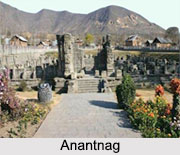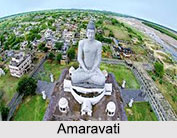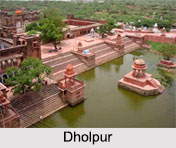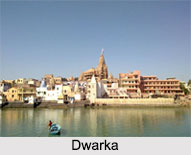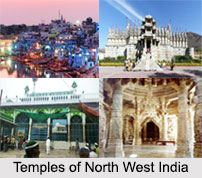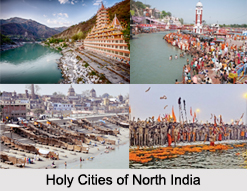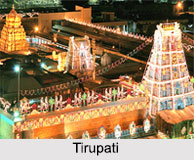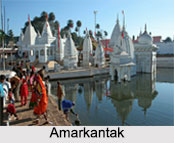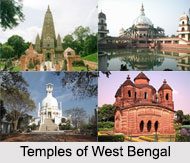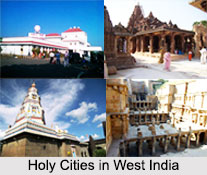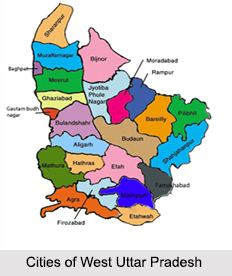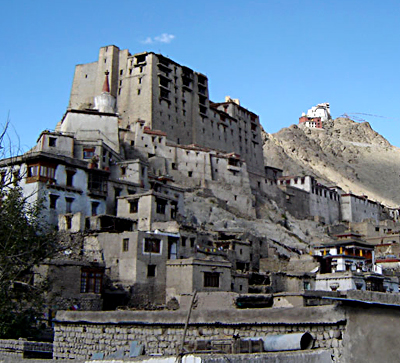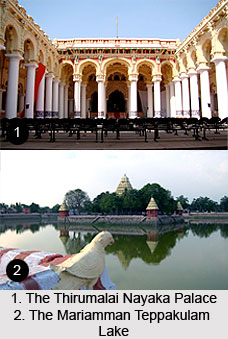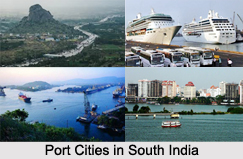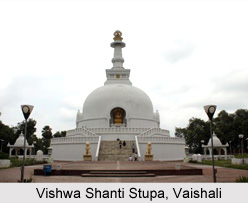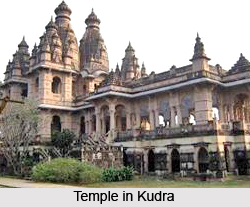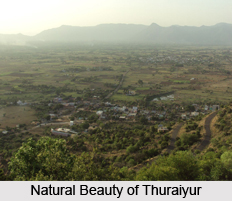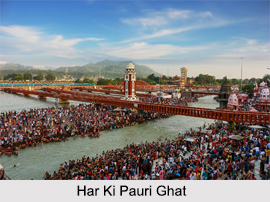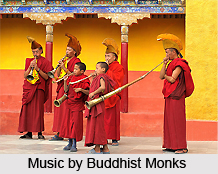 Music of Ladakh is diverse due to the fact that music is essentially the source of life and several forms of music are practiced by the local people according to different occasions.
The music is a vital part of the religious culture of Ladakh and some of the forms of music are derived from other culture. The music of Ladakh has a distinct quality as the songs belong to different categories that vary from social life to the songs of the workmen to religious songs and to that of the historical figures.
Music of Ladakh is diverse due to the fact that music is essentially the source of life and several forms of music are practiced by the local people according to different occasions.
The music is a vital part of the religious culture of Ladakh and some of the forms of music are derived from other culture. The music of Ladakh has a distinct quality as the songs belong to different categories that vary from social life to the songs of the workmen to religious songs and to that of the historical figures.
Gompa music is used in worship and as an accompaniment to the dance-dramas. It follows Tibetan forms extensively. A horn is used as an instrument. Heard more continuously are the `geling`, a `shawm,` with a circular projection covering the mouth just in front of the double reed and drums. The sounds of all these are punctuated by the boom of the gong and the clash of cymbals.
There are two main strains of secular instrumental music. The earlier one is derived from Tibet; its instruments are the double flute and the `damnyen`, an instrument of plucked strings similar to the Indian sitar. These are played privately. For public and ceremonial occasions they have been supplanted by the Surna and Daman. The Surna is an oboe-like instrument related to the Indian `shehnai`, and Daman is a pair of drums like the Indian `tabla`. The professional musicians of Ladakh belong to the Mons caste. The people of Ladakh enjoy all the public or auspicious events, like a polo match, an archery festival, a marriage, even the inauguration of the ploughing or harvesting season with music. Beat is the most striking feature of their music. The rhythms are intricate which involve patterns from four to sixteen beats. The seven-beat metre is particularly popular.
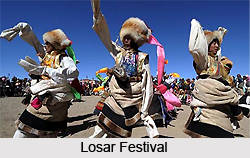 The consummate form of Ladakhi music is called `lha-rnga`. It is played on occasions such as sowing, or the arrival of spring, and also when serving food to incarnate lamas or to aristocratic members. The shorter versions of `lha-rnga` are played on other occasions. There are musical forms which are proper to every ceremonial occasion. There is music for ploughing and harvest.
The consummate form of Ladakhi music is called `lha-rnga`. It is played on occasions such as sowing, or the arrival of spring, and also when serving food to incarnate lamas or to aristocratic members. The shorter versions of `lha-rnga` are played on other occasions. There are musical forms which are proper to every ceremonial occasion. There is music for ploughing and harvest.
The glories of the dynasty and of Ladakh`s history were celebrated with song, music and dance in presence of the nobility of Ladakh on the spacious roof of Leh Palace on special occasions. Such occasions were Losar, the New Year festival, and Dosmoche, the Leh winter festival. On the roof of Sengge Namgyal`s palace, they sang of Sengge, and the splendour he gave to Leh by building it; they sang of other kings, of Tashi and Jamyang, Deldan and Tshe-stang. They sang of the ketuk-chenmo itself, the spacious roof, which gave its name to the whole festival, and all the beauties and wonders to be seen from it - lovely maidens, and mills that worked automatically, powered by water. The cycle of Ketuk-chenmo songs is also a pointer to the strength of an oral tradition which includes a body of unwritten poetry.
The folk music has no fixed forms or even metres though it does have a strong sense of rhythm. It is abundant with rich and powerful imagery. Ladakhi songs can be classified on the basis of content. One or two are associated with particular groups or regions for example the `zhabro` songs of Chang-thang.
A set of satirical songs are performed by a group of young men and women in traditional couplets. There are 360 marriage songs which covers all different episodes of a traditional marriage. It has a strong sense of local patriotism. The folk-verses of Ladakh are essential part of Ladakhi music. The work songs are the most vigorous and characteristic are the work songs. Many of these are designed to lighten the effort of labour by giving rhythm to a hard slog. Other songs describe the life of a pastoral community.
